Those of us SpaceX fans that have been following the launches for a while now will be well accustomed to seeing incredible camera shots like this. These super high detailed shots provide a great spectacle during the launch procedure, stage separation and the always exciting landing procedure. But how are we able to get these amazing shots?

Say you’ve got a camera and you’re trying to film a rocket that is 60km away and is moving at 5,000km/h. Firstly, a standard telephoto lens will only have a maximum focal length of around 1,000mm. In order to get a 70m tall rocket which is 60km away to fill up the entire frame you would need a lens with a focal length of at least 10 times that.
Capturing the precise details of a rocket launch requires overcoming significant technical challenges. While a standard telephoto lens falls short in magnifying the rocket’s size, a lens with an extended focal length becomes essential. By using a lens with a focal length of at least 10,000mm, the camera can capture the towering rocket in all its grandeur, filling the frame with its impressive presence.
Smooth tracking movements
Secondly, in order to get smooth tracking shots like this, the camera needs to pan upwards in perfect sync with the rocket. That is easier said than done because the smallest of movements done by the camera translate to huge movements at the other end where the rocket is.
Achieving seamless tracking shots demands exceptional coordination between the camera and the rocket’s movements. As the camera pans upward to follow the rocket’s trajectory, even the tiniest adjustments made by the camera operator result in significant shifts in the frame. Maintaining synchronization between the camera’s motion and the rocket’s ascent requires precision and practice, ensuring that every critical moment of the launch is captured without any disruptions.
SpaceX tracking technology
For a shot like this, we need something far more accurate and precise than just a long lens and a tripod. SpaceX, being at the forefront of space exploration, employs state-of-the-art technology and strategic infrastructure to capture these extraordinary moments. The company utilizes three main launch facilities, each with its own historical significance.
Launch Complex 39A at the Kennedy Space Centre, known for hosting iconic missions such as the Apollo moon landings, remains an integral part of SpaceX’s operations. Alongside it, Complex 40 at Cape Canaveral and Complex 4E at Vandenberg Air Force Base in California contribute to the company’s launch capabilities. These launch pads have witnessed the evolution of space exploration since the 1960s and 1970s, symbolizing the rich heritage and continuous progress in humanity’s quest for the stars.
These launch facilities are not just ordinary sites; they are equipped with advanced technology to enhance the filming process. Surrounding each launch pad are several long-range tracking cameras, carefully positioned to capture the awe-inspiring moments from multiple angles. These sophisticated cameras, specifically designed for rocket launches, ensure that every stage of the mission is documented with precision and clarity.

These are kineto tracking mounts which were first developed for use in the military to track down aircraft and missiles. Back in the Apollo days, rigs like this would be controlled by a skilled operator to track the Saturn V rocket as it screamed into the sky.
In the early days of rocket launches, the expertise of the operator played a crucial role in keeping the camera array precisely aligned with the rocket’s trajectory. However, with advancements in technology, the tracking functions have evolved to become more automated and semi-automated. Today, these sophisticated Kineto mounts can be remotely controlled by operators stationed at mission control, adding a level of convenience and precision to the tracking process. Furthermore, these versatile mounts can accommodate various types of cameras, making them adaptable for different launch scenarios, earning them the reputation of being the world’s most expensive tripods.
Rocket companies rely on these tracking cameras not only to provide captivating coverage of their launches but also to gain valuable insights into their rockets’ performance during critical mission phases.
Digital vs film cameras
In NASA’s case, a combination of digital and film cameras is employed on these mounts. The short-range tracking cameras are equipped with high-speed frame rates and fast shutter speeds, enabling rocket companies to meticulously analyze their rockets’ behavior and dynamics throughout the launch sequence. These detailed observations offer invaluable data for identifying any anomalies, assessing performance, and optimizing future missions.
In addition to traditional cameras, NASA also incorporates Infrared Temperature cameras into their tracking setup. These specialized cameras serve the purpose of measuring the intense heat generated by the spacecraft as it re-enters the Earth’s atmosphere. This information helps engineers monitor and evaluate the thermal protection systems, ensuring the safety and integrity of the spacecraft during the demanding re-entry phase.
Space Shuttle Columbia investigation
Cameras like these have played an important role in disaster investigations, providing crucial evidence and insights. One tragic example was the Space Shuttle Columbia flight, where tracking cameras captured a falling piece of debris ripping a hole into the shuttle’s structure during re-entry, leading to its catastrophic disintegration and the loss of the entire crew. NASA meticulously reviewed the footage, analyzing every frame to understand the cause of the accident and to develop improved procedures to enhance the safety of future re-entries.

To ensure comprehensive coverage, NASA strategically positions film cameras around their launch sites, each loaded with over 1,000 feet of film. These cameras serve as reliable backup systems, capturing essential footage from various angles. However, alongside the traditional film cameras, NASA also employs state-of-the-art camera technology capable of streaming high-resolution 4K video feeds in real-time. This technological advancement allows viewers worldwide to witness the awe-inspiring clarity of live rocket launch shots as they unfold. It is a testament to how far we have advanced in terms of broadcasting capabilities.
Undoubtedly, the process of filming and broadcasting a rocket launch is inherently challenging. It requires sophisticated tracking systems and cameras that continuously evolve to meet the demands of the ever-advancing space industry. As technology continues to improve, we can anticipate even more remarkable shots and detailed views that will captivate audiences worldwide. The continuous refinement of these systems holds the promise of providing invaluable data, enhancing safety protocols, and inspiring future generations with awe-inspiring imagery of space exploration.
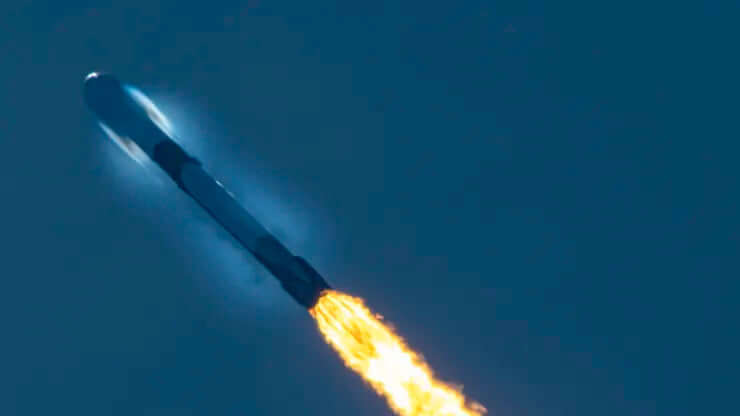
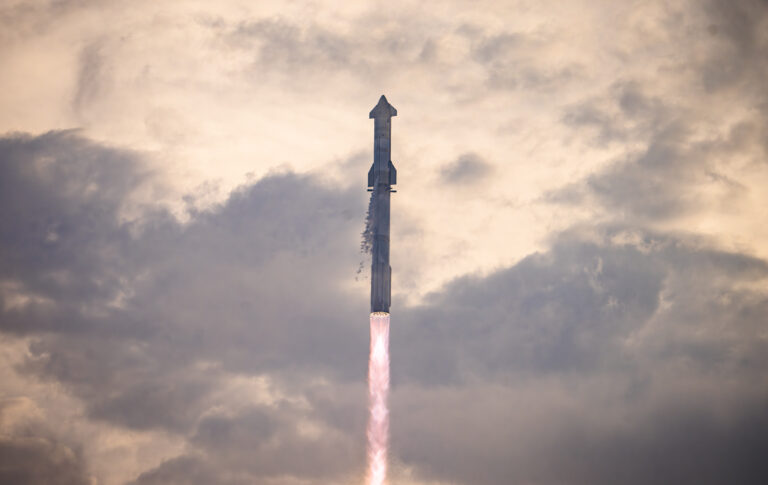

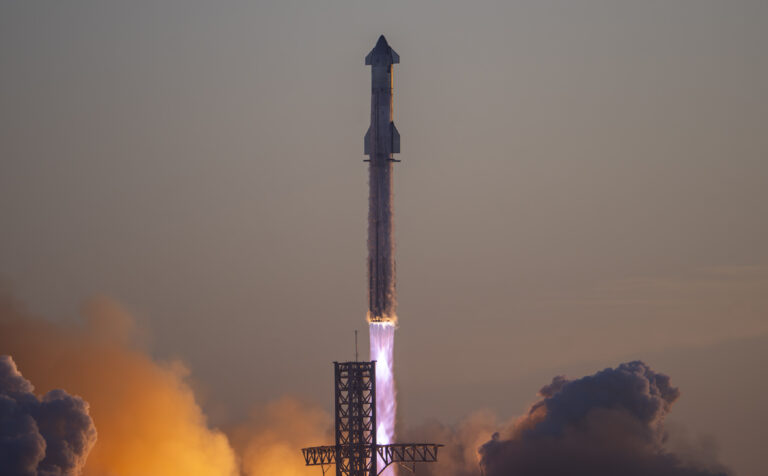
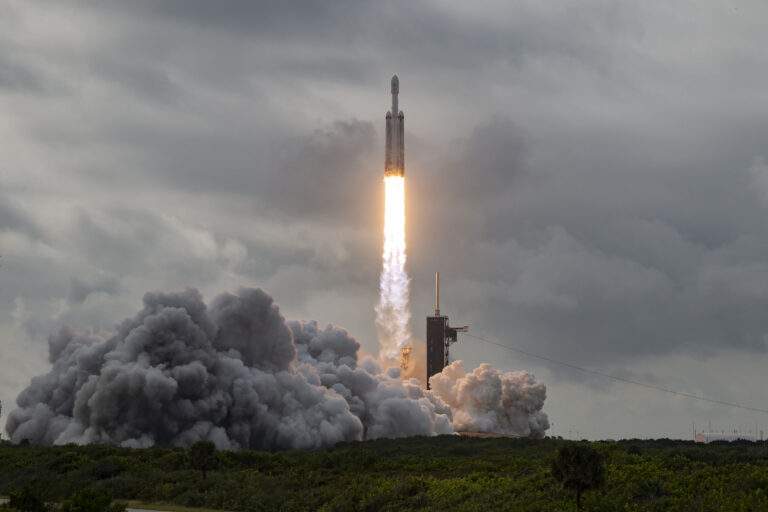
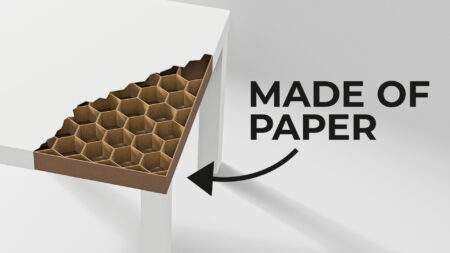




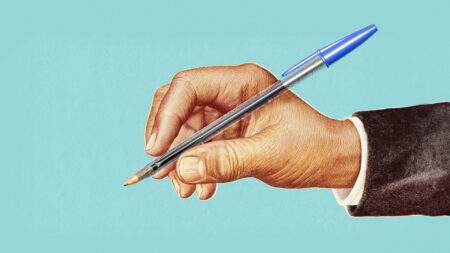


Thanks for sharing. I read many of your blog posts, cool, your blog is very good.